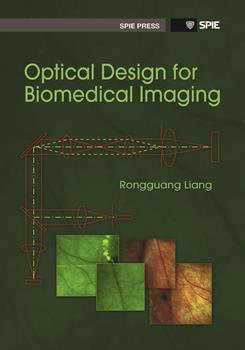|
Designing an efficient imaging system for biomedical optics requires a solid understanding of the special requirements of the optical systems for biomedical imaging and the optical components used in the systems. However, a lack of reference books on optical design (imaging and illumination) for biomedical imaging has led to some inefficient systems. This book fills the gap between biomedical optics and optical design by addressing the fundamentals of biomedical optics and optical engineering, and biomedical imaging systems. The first half provides a brief introduction to biomedical optics and then covers the fundamentals of optics, optical components, light sources, detectors, optical imaging system design, and illumination system design. This also includes important issues related to biomedical imaging, such as autofluorescence from optical materials. The second half of the text covers various biomedical imaging techniques and their optical systems, along with design examples. |
-
Journals
- Advanced Photonics
- Advanced Photonics Nexus
- Biophotonics Discovery
- Journal of Applied Remote Sensing
- Journal of Astronomical Telescopes, Instruments, and Systems
- Journal of Biomedical Optics
- Journal of Electronic Imaging
- Journal of Medical Imaging
- Journal of Micro/Nanopatterning, Materials, and Metrology
- Journal of Nanophotonics
- Journal of Optical Microsystems
- Journal of Photonics for Energy
- Neurophotonics
- Optical Engineering
- Photonics Insights
- Ebooks



